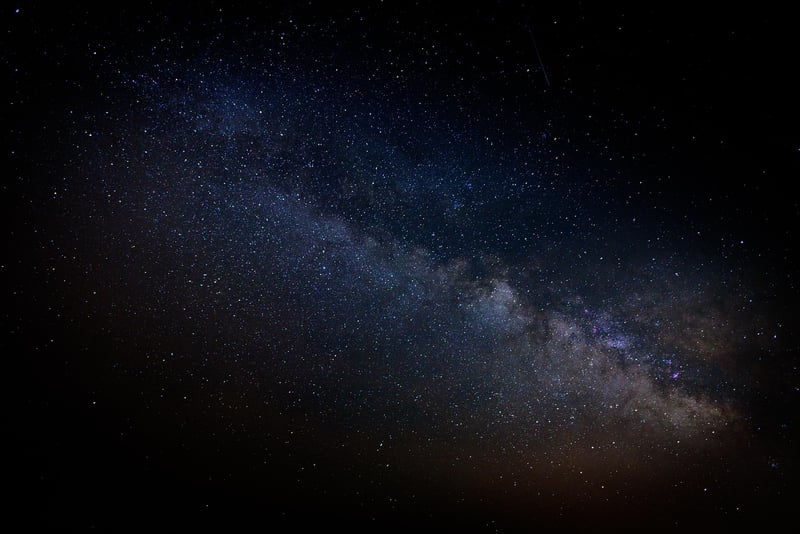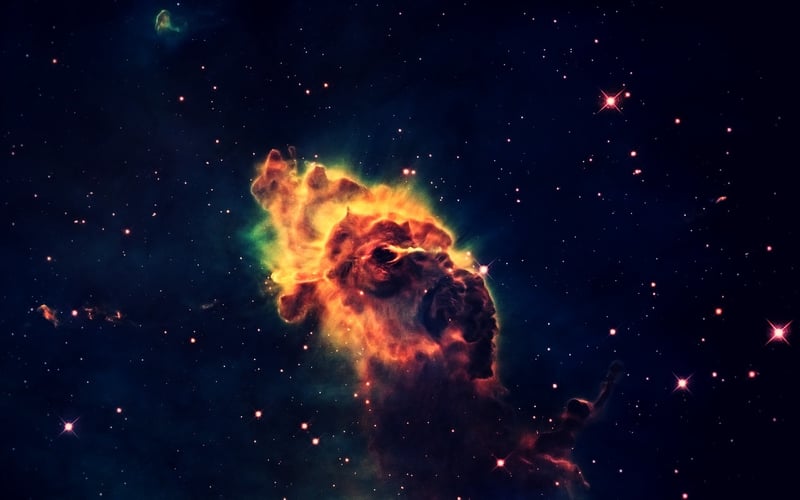Analyze star formations
Unlock Celestial Mysteries with Star Formation Analysis

Have you ever gazed up at the night sky and wondered about the secrets it holds? Stars have captured human imagination for centuries, and studying their formations can unveil fascinating celestial mysteries.
Exploring the Cosmos
By analyzing star formations, astronomers gain insights into the birth and evolution of galaxies, the composition of cosmic structures, and the forces shaping the universe.
Types of Star Formations
Stars can form in various ways, such as in stellar nurseries where gas and dust coalesce under gravity's pull, or in massive nebulae where new stars emerge from the remnants of older ones.
Main Sequence Stars
Main sequence stars like our Sun form when gravity causes hydrogen gas to compress and ignite nuclear fusion, creating the energy that fuels these stars.
Supernovae and Black Holes
Massive stars end their lives in spectacular supernova explosions, sometimes leaving behind dense remnants known as black holes, which exert powerful gravitational forces.
Significance of Star Formation Analysis
- Understanding Stellar Evolution: By studying star formations, scientists can track the life cycles of stars and predict their fates.
- Galactic Dynamics: Star formation patterns provide crucial insights into the structure and dynamics of galaxies.
- Cosmological Evolution: Analyzing the distribution of stars helps unravel the history and evolution of the universe.
Get Started on Your Celestial Journey
Embark on a journey of discovery by delving into the mysteries of star formations. Explore the beauty and complexity of the cosmos as you unravel the secrets hidden in the depths of space.
For more breathtaking images of the universe, visit Pixabay's Astronomy Collection.
